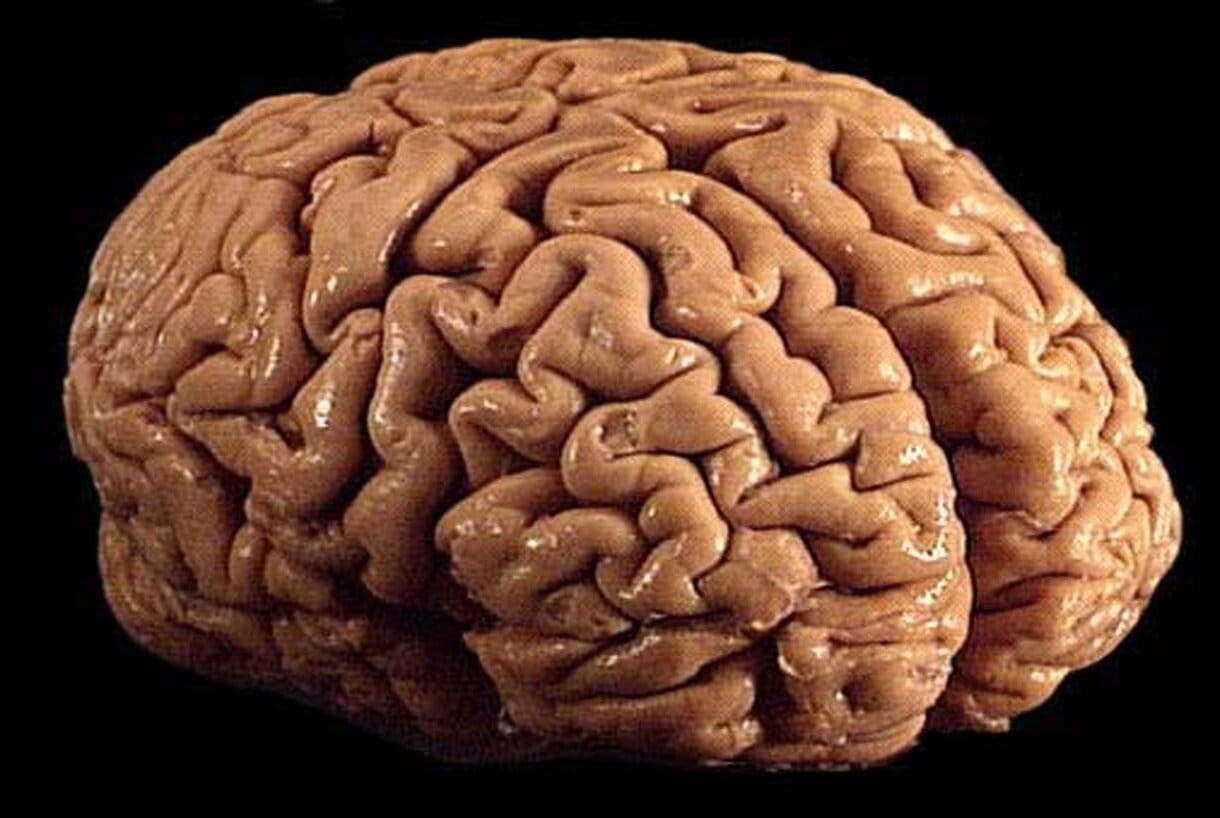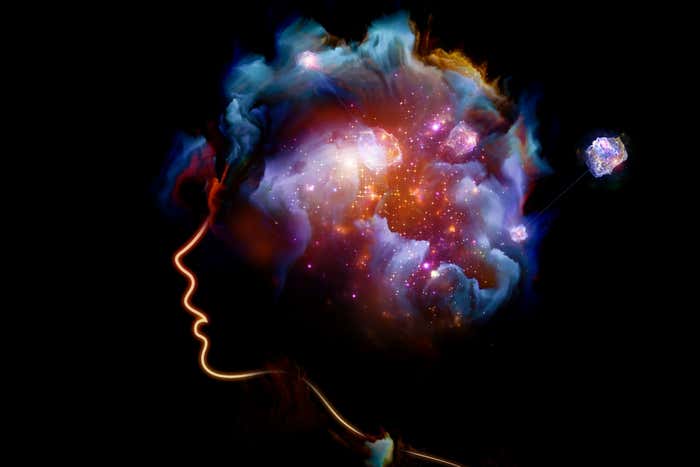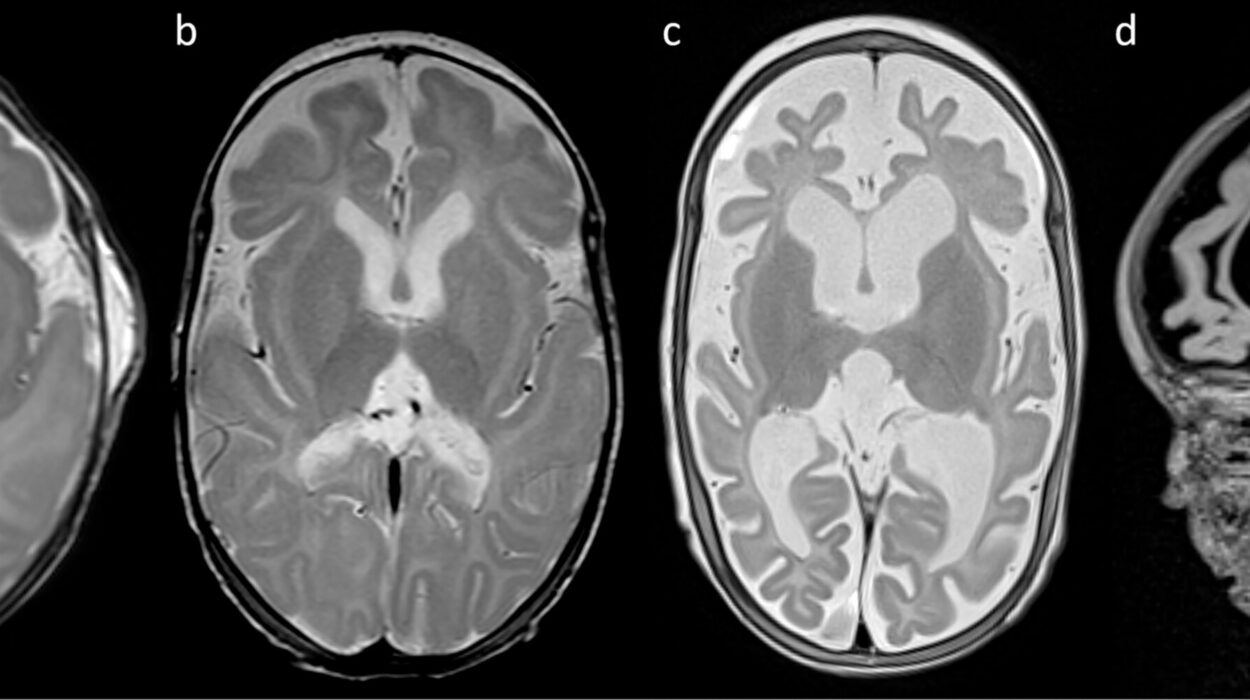If you were to hold a human brain in your hands—cold, soft, silent—you might not guess that it is the most complex object in the known universe. It weighs about 1.4 kilograms, fits neatly inside your skull, and looks more like a wrinkled walnut than the command center of human consciousness. And yet, this three-pound organ is the seat of your every thought, memory, emotion, and dream. Inside its labyrinth of cells lies the architecture of who you are.
The brain doesn’t sparkle or buzz. It doesn’t hum or glow. But it thinks. It wonders. It asks questions about itself—questions like: How many neurons are in the human brain? It’s a deceptively simple inquiry, but answering it reveals the enormity of what the brain truly is—not just a calculator of electrical impulses, but a teeming universe of connections, signals, patterns, and possibilities.
What Is a Neuron?
Before we dive into counting the uncountable, we need to understand what we’re trying to count. Neurons are the basic working units of the brain—specialized cells that transmit information via electrical and chemical signals. Unlike most other cells in your body, neurons don’t just sit still. They fire. They spike. They form networks that encode memories, shape personalities, drive decisions, and process the sensations of touch, taste, sight, smell, and sound.
A single neuron consists of a cell body (soma), branching structures called dendrites that receive signals, and a long axon that transmits signals to other neurons. These signals jump across tiny gaps called synapses, where chemical messengers—neurotransmitters—carry the signal to the next cell.
The power of the brain isn’t just in the number of neurons, but in how those neurons connect. Think of it like a city: it’s not only how many people live there, but how they communicate, build infrastructure, create systems, and solve problems. The brain is the city of your selfhood, and neurons are its citizens.
The Myth of the 100 Billion Neurons
For decades, science textbooks stated that the human brain contained about 100 billion neurons. It was a beautiful, round number—100 billion—and it seemed to make intuitive sense. The idea was first suggested in the mid-20th century and was repeated so often that it became gospel. Teachers, scientists, and even neurologists repeated it without question.
But where did the number come from?
Not from direct counting. The early estimates were based on extrapolations, indirect measurements, and even a bit of educated guesswork. The human brain, with its 86 billion tightly packed neurons (as we now know), doesn’t easily give up its secrets. It’s not something you can just count like jelly beans in a jar.
Then, in 2009, Brazilian neuroscientist Suzana Herculano-Houzel turned the question into a challenge. She wanted to know, definitively: how many neurons are really in the human brain?
A Soup Made of Brains
To solve the mystery, Herculano-Houzel did something unthinkable—she turned brains into soup. Not metaphorical soup. Actual, physical, gray, liquefied soup.
Using a novel method she developed called the isotropic fractionator, she and her team homogenized small samples of brain tissue into a uniform liquid. The technique allowed them to break the brain down into its component cells without destroying the nuclei, which contain DNA and can be stained and counted under a microscope.
By tagging cell nuclei with fluorescent markers and analyzing them using imaging software, the researchers could estimate the number of cells in different brain regions—and crucially, distinguish between neurons and non-neuronal cells like glia.
It was a dramatic departure from previous methods, which involved slicing, staining, and estimating based on thin sections—like trying to understand the population of a country by looking at a few satellite images.
The results were stunning.
The number wasn’t 100 billion.
It was approximately 86 billion neurons—give or take a few billion, depending on the individual.
86 Billion Sparks of Thought
So now we know: the average human brain contains roughly 86 billion neurons. That’s still an astonishing number. If you tried to count them one by one, saying a single number every second, it would take you over 2,700 years to finish.
But the raw number only tells part of the story. What’s even more mind-boggling is how those neurons connect.
Each neuron forms connections—called synapses—with other neurons. On average, a single neuron can have between 1,000 to 10,000 synaptic connections, meaning the human brain has somewhere around 100 to 500 trillion synapses.
This web of connections forms the brain’s “connectome”—a map of neural interactivity so dense and dynamic that we’ve only just begun to chart it. In this vast neural jungle, memories are formed, emotions are felt, and thoughts are born.
The Brain’s Internal Geography
The 86 billion neurons in your brain aren’t distributed evenly. Different regions of the brain have different roles, and the density of neurons varies accordingly.
Take the cerebral cortex—the outer layer of the brain responsible for higher cognitive functions like thinking, language, and consciousness. It contains about 16 billion neurons, densely packed into just a few millimeters of gray matter. This is the part of the brain that makes humans distinct from other animals.
But surprisingly, the cerebellum, which sits beneath the cortex and is responsible for motor coordination and balance, holds the vast majority of neurons—over 69 billion, or roughly 80% of the brain’s total.
It’s a paradox that still puzzles scientists: the cerebellum, long thought to be a “dumb” motor processor, has more neurons than the rest of the brain combined. What are all those neurons doing? Some researchers now believe the cerebellum plays roles in language, cognition, and emotion too—suggesting that our understanding of this quiet powerhouse is far from complete.
What About Glia?
When talking about neurons, it’s easy to forget the glial cells—the brain’s unsung support crew. For years, scientists believed there were ten times more glial cells than neurons. That, too, turned out to be a myth. The real ratio is closer to 1:1.
So for every one of the 86 billion neurons, there is roughly one glial cell—meaning about 86 billion glia as well. These cells don’t fire electrical signals like neurons, but they play vital roles: insulating neurons, cleaning up waste, supporting metabolism, and even modulating synaptic activity.
If neurons are the stars of the show, glia are the stagehands, lighting crew, and sound technicians. Without them, the performance would collapse.
How Do We Lose Neurons?
Your brain is born with nearly all the neurons it will ever have, though the numbers may fluctuate slightly. In the womb, your developing brain undergoes a burst of neurogenesis, producing an estimated 250,000 neurons per minute. After birth, most of the neuron production slows dramatically, and many neurons are pruned away during early childhood.
Throughout adulthood, some neuron loss occurs naturally with age. Diseases like Alzheimer’s and Parkinson’s, or events like strokes and trauma, can cause significant neuron death. However, the brain is remarkably resilient. In some regions—especially the hippocampus, a structure involved in memory—neurons may continue to be born throughout life, a process called adult neurogenesis.
Whether or not we can grow new neurons in other brain regions remains a topic of debate, but what’s clear is that maintaining brain health through sleep, exercise, diet, and learning can help preserve both neurons and their connections.
A Network More Complex Than the Internet
It’s tempting to compare the brain to modern computers or the internet, but the analogy quickly falls apart under scrutiny. While the internet connects billions of devices, the human brain connects trillions of synapses in a constantly shifting, living, adaptive network.
Unlike wires or processors, neurons grow, change shape, strengthen or weaken connections, and are influenced by chemical and emotional states. Your brain rewires itself constantly, forming new synaptic pathways when you learn, practice, or experience something meaningful. This phenomenon—neuroplasticity—is why you can remember a childhood song, recover from injury, or develop a new skill even in old age.
The more we study the brain, the clearer it becomes that understanding it requires more than biology or engineering. It requires poetry. Imagination. Reverence.
The Child’s Brain: An Exploding Cosmos
In early life, the brain undergoes explosive growth. A newborn’s brain has nearly as many neurons as an adult’s, but far fewer synapses. During the first two years, the brain produces an overabundance of synapses—a process known as synaptogenesis—at a rate of millions per second.
By age three, a child’s brain has more synaptic connections than it will ever have again—twice as many as an adult’s. It is a time of extraordinary potential. Children absorb language, emotion, social norms, motor skills, and cultural rules without ever being taught explicitly.
Then, beginning in childhood and continuing through adolescence, the brain undergoes synaptic pruning—trimming away unused connections and strengthening the ones that remain. It’s not about growing more neurons but organizing them more efficiently.
It’s as though the brain builds a massive sculpture, only to chisel away at it for years until what remains is uniquely you.
Can We Simulate 86 Billion Neurons?
In recent years, the idea of simulating the human brain using computers has moved from science fiction to scientific pursuit. Projects like the Human Brain Project in Europe and the Blue Brain Project in Switzerland aim to recreate the structure and function of neural networks using supercomputers.
But simulating the full complexity of 86 billion neurons and 100 trillion synapses, each behaving in real time with chemical, electrical, and emotional nuance, remains far beyond our current capabilities.
Even the most powerful artificial neural networks—used in AI and deep learning—are primitive compared to the dynamic adaptability of the human brain. We’re just scratching the surface of what it means to think, feel, and remember.
A Universe Inside Your Skull
When you stare up at the night sky, the sheer number of stars can overwhelm you. The Milky Way alone contains about 100–400 billion stars. But inside your skull, your brain holds a galaxy of its own—86 billion neurons, each reaching out to thousands of others, forming constellations of memory, emotion, and thought.
And just like the universe, the brain is expanding in its complexity. Not literally in size, but in understanding. New research is constantly revealing fresh insights. We’re discovering that even simple experiences—reading a poem, listening to music, falling in love—change the physical structure of the brain.
Your brain is never the same from moment to moment. Every conversation, every memory, every burst of laughter or pang of grief etches itself into the shifting mosaic of your neural connections.
The Number Is Just the Beginning
So, how many neurons are in the human brain?
The answer—86 billion—is both humbling and awe-inspiring. But it’s not the end of the story. It’s only the first page.
Those neurons don’t exist in isolation. They form a dynamic, adaptive network that gives rise to consciousness, self-awareness, imagination, art, morality, creativity, and love. They are not just electrical switches. They are the whispers of who we are.
Every time you ask a question, solve a problem, feel joy or pain, your neurons are dancing—electrical storms of meaning across the soft folds of your brain. Inside that jelly-like organ are not just cells, but the full architecture of memory, the blueprint of your personality, the history of your ancestors, and the potential of your future.
Conclusion: You Are a Living Symphony
In the end, counting neurons is like counting stars. It gives us a sense of scale, a framework of awe. But it doesn’t capture the beauty, the dynamism, or the miracle of what those neurons make possible.
You are more than a body. You are a living symphony of 86 billion instruments, constantly tuning, harmonizing, and inventing new melodies. Your thoughts, your voice, your curiosity about your own brain—it’s all neurons. It’s all you.
And that, perhaps, is the most astonishing thing of all.
Would you like a downloadable version of this article (PDF, DOCX, etc.)?






